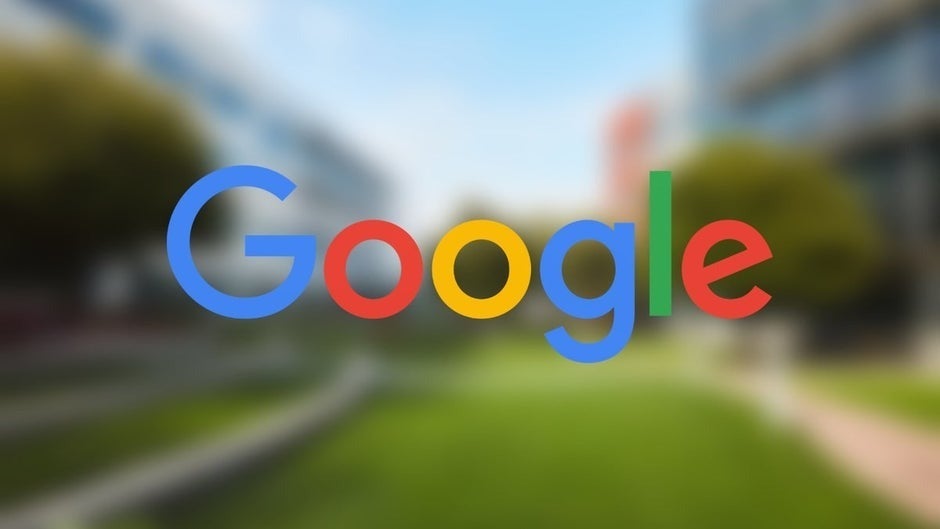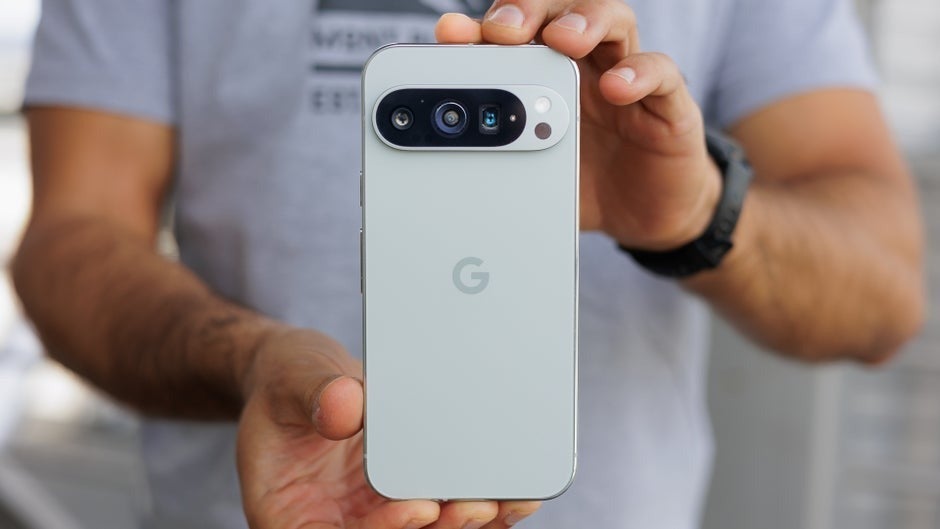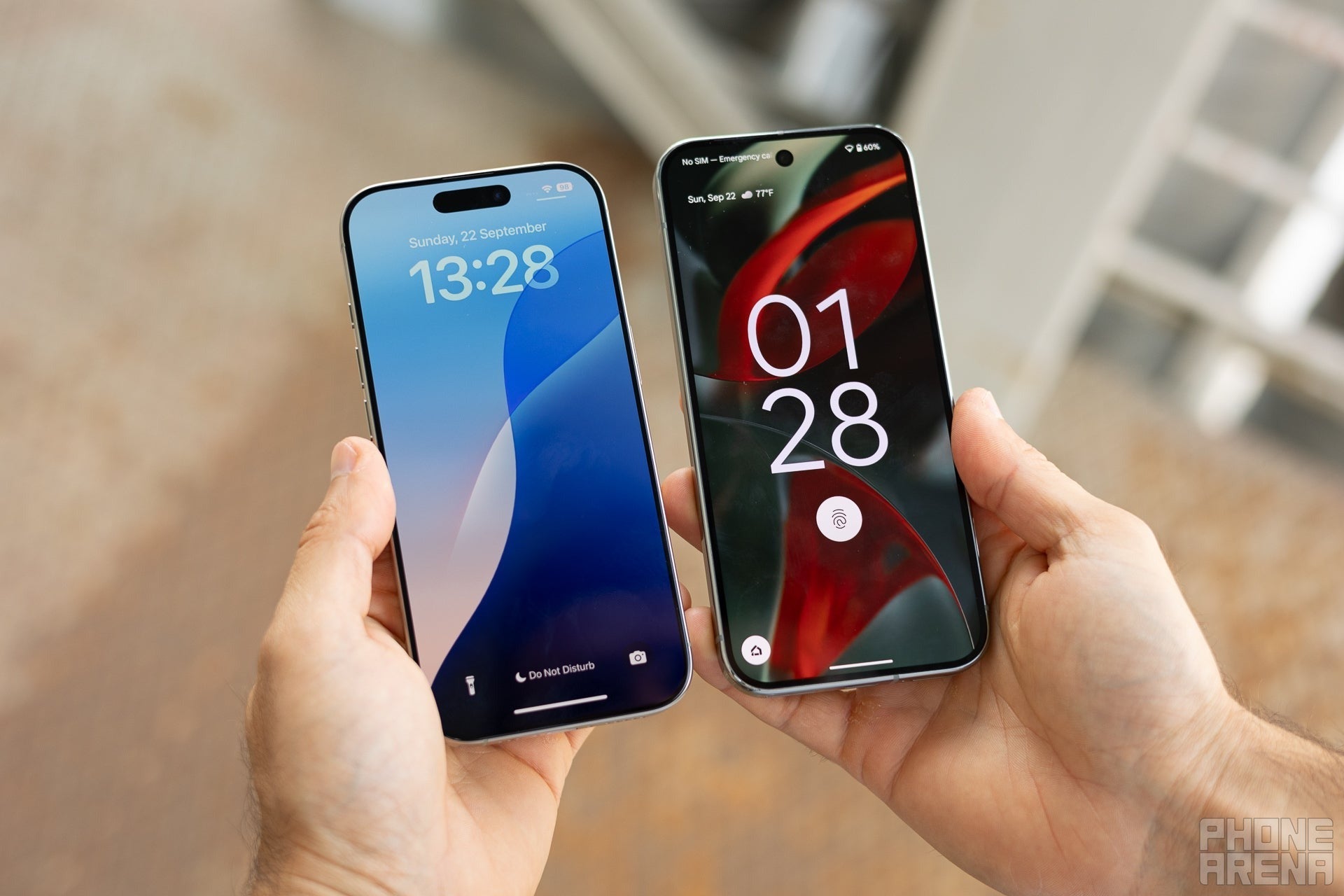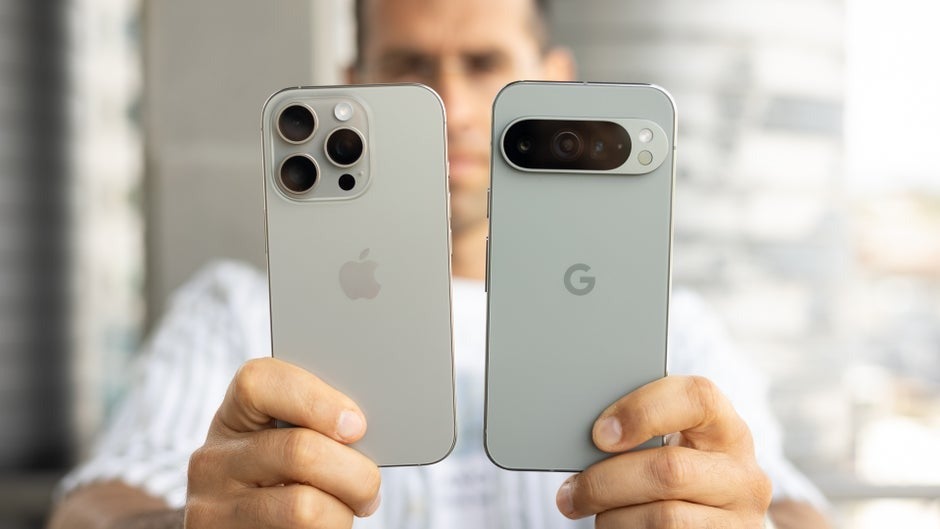The invisible ecosystem most people already use


Google’s ecosystem isn’t locked to one device — it’s everywhere you already are.
Unlike Apple, Google’s ecosystem doesn’t start with a product launch event or a clever hardware bundle. It starts with services — ones you probably already use. Google Maps. Gmail. Google Photos. Google Drive. YouTube. Calendar. Chrome. Assistant.Google’s ecosystem isn’t exclusive to Pixel phones, Pixel Watches, or Pixel Buds. It exists in the cloud, across platforms, and on practically every smart device in the world. You can access it on an iPhone, a Windows PC, or a Samsung Galaxy. That’s the point: You’re already part of the Google ecosystem — whether you realize it or not.That’s a huge contrast to Apple, where even seemingly universal experiences like messaging or file sharing are boxed in by proprietary formats. Google, on the other hand, thrives on software that’s smarter, more flexible, and less restrictive.
Pixel is the best example of Google’s approach


From Pixel Buds to Chromebooks, Google’s ecosystem works across brands. No lock-in required. | Image credit — PhoneArena
When Google does make its own hardware — like the upcoming Pixel 10, Pixel Watch 4, and Pixel Tablet — it’s not trying to trap you inside a walled garden. It’s trying to show you what the best version of the Google ecosystem can look like when everything works in sync.
The Pixel Watch connects seamlessly to any Android phone. The Pixel Buds offer fast pairing and multi-device switching across devices signed into your Google account — even from different brands. Quick Share works across Pixels, Android tablets, Chromebooks, and even Windows PCs.
Want to switch from a Pixel phone to a Samsung or back again? You won’t lose your calendar, photos, notes, or favorite apps. The Google ecosystem moves with you.
A friction-free experience… until it’s not
Google’s “Open Space” model scales beautifully for families and households that mix devices. With Family Link, you can manage a child’s screen time on a Pixel tablet even if the parent uses an iPhone. And with Matter and Google Home support, your smart devices don’t care where you are controlling them from.More importantly, Google continues to invest in practical software features that simplify everyday tasks — like Call Screen, Hold For Me, and Assistant voice typing. And unlike Apple’s AI rollout, which is still mostly “coming soon,” Google’s Gemini assistant and AI photo tools are already widely available and useful.
Check out: www.killedbygoogle.com
Yet, this open approach has its own form of friction. Where Apple offers consistency and stability, Google’s ecosystem can sometimes feel like shifting sands. The company’s notorious habit of killing off products — most notably in its messaging strategy — has left many users stranded. From Allo to Hangouts to Duo to Meet (and back again), Google’s messaging chaos has become a case study in how not to build long-term user trust.
The freedom to choose is less valuable if the choices themselves are unreliable or might not exist next year.
The true cost of openness


Google’s open ecosystem is convenient, but it comes at the cost of your data.
Of course, Google’s “Open Space” is not a charity. This flexibility is powered by a business model that relies heavily on user data to fuel its advertising empire. Google’s services are free because you are the product. For users who prioritize privacy above all else, Apple’s on-device processing and its commitment to minimizing data collection offer a compelling — and reassuring — alternative.This is a fundamental trade-off that must be acknowledged. Apple’s walled garden is more private by design. Google’s open garden is more convenient, but it’s funded by your digital footprint.
Apple’s cohesion comes with strings attached


From AirDrop to iMessage, Apple’s best features stop at the edge of its garden. | Image credit — PhoneArena
To be clear, Apple’s ecosystem is masterfully executed. Features like Universal Clipboard, AirDrop, Continuity Camera, and Universal Control create a uniquely cohesive experience within Apple’s world. But that cohesion comes at the expense of flexibility.
Want an Apple Watch? You need an iPhone. Want to send a file with AirDrop? It has to go to another Apple device. Got a family that mixes Android and iOS? Good luck keeping a group chat together. The message is clear and sometimes blunt. When asked why iOS doesn’t support RCS to improve communication with Android users, Tim Cook famously replied, “Buy your mom an iPhone.”
That’s the trap of the walled garden: it’s great until you want to leave. Or change. Or try something new. Apple’s ecosystem is optimized for keeping you inside, not for helping you do more outside of it.
Google’s model is better for business AND for you
There’s a reason Apple’s market share is highest in countries where its ecosystem dominance is most entrenched. But there’s also a reason Android still dominates globally. Google’s approach is more inclusive, more modular, and ultimately more scalable, especially in a world where not everyone can — or wants to — buy into a single company’s vision.
From a business perspective, this approach gives Google a much wider customer base. Its ecosystem isn’t limited to those who buy Pixel hardware — it includes anyone using YouTube, Gmail, Google Maps, or Android Auto. It’s not just about high-end users but about everyone with an internet connection.
Yes, Google has its flaws. Its hardware strategy has been inconsistent. It still lacks some of Apple’s polish. And yes, it sometimes kills off its own projects too quickly. But the principle behind Google’s approach is fundamentally modern: build powerful tools, let users mix and match, and don’t punish them for switching.
In the end, the better ecosystem might be the one that gives you more choices
Google’s ecosystem isn’t perfect. It’s vast, sometimes messy, and built on a foundation of data. But it offers a fundamentally more flexible and realistic proposition for today’s world.
Apple’s Walled Garden is beautiful, but its core function is to keep you inside. As our digital lives stretch across work, travel, family, and entertainment, those walls begin to feel more like obstacles.
Google’s “Open Space” model isn’t as seamless, but it offers something more valuable in 2025: the freedom to move. The freedom to choose the best tool for the job, not just the one from the same company. And above all, the trust to let you build the experience that works best for you.
#Apples #ecosystem #wrong #Google
